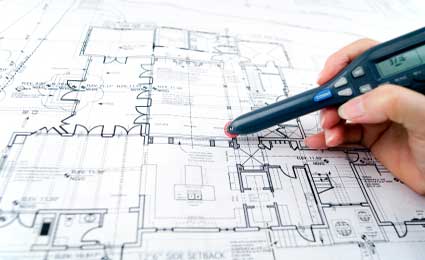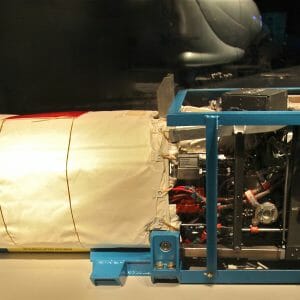E – 1512 Customizing Security Design
$100.00
Courses Included
The four part Security Practices & Engineering Concepts are inter-related courses on the history and development of state-of-the-art security systems.
- Motion Detection Technology.
- Locking Arrangements & Code Compliance For Engineers.
- Customizing Security Design.
- Biometric Features & Principles for Engineers.
Security systems have traditionally been developed without code restrictions, rules or standards and, as a result, the growing industry continues to attract manufacturers who rarely provide devices that have been tested in a laboratory before installing it on the customer’s walls and entrance doors. Many building managers and design engineers have relied on non-technically trained salesmen to recommend systems that are often inappropriate for a particular facility and are frequently incorrectly installed and rarely properly maintained. In addition to developing systems that are unsuitable for a facility, there is a tendency to create systems that may be so complicated that they can easily create a fortress-like environments – completely alienating the very public that the facility was built to serve.
This concluding course to the series of four PDH Source courses that covers basic concepts in security design deals with the need to customize the security system to the specific and unique requirements of a facility open to the public. Most important, it is essential that the system designer avoid the cookie-cutter approach that can be used in the selection of other building operating systems such as: HVAC and fire alarms. Those essential building features must be designed to meet strict local codes and national standards while that approach cannot be applied to security controls since there are no equivalent “code-compliance” guidelines involved. The security industry has grown without restrictions and with little input from the engineering community. The following sample group of five different type facilities defines their unique features that can only be addressed by customizing the security system.
—-> MUSEUMS
—-> HOTELS
—-> BANKS
—-> SCHOOLS
—-> HOSPITALS
Description
The four part Security Practices & Engineering Concepts are inter-related courses on the history and development of state-of-the-art security systems.
- Motion Detection Technology.
- Locking Arrangements & Code Compliance For Engineers.
- Customizing Security Design.
- Biometric Features & Principles for Engineers.
Security systems have traditionally been developed without code restrictions, rules or standards and, as a result, the growing industry continues to attract manufacturers who rarely provide devices that have been tested in a laboratory before installing it on the customer’s walls and entrance doors. Many building managers and design engineers have relied on non-technically trained salesmen to recommend systems that are often inappropriate for a particular facility and are frequently incorrectly installed and rarely properly maintained. In addition to developing systems that are unsuitable for a facility, there is a tendency to create systems that may be so complicated that they can easily create a fortress-like environments – completely alienating the very public that the facility was built to serve.
This concluding course to the series of four PDH Source courses that covers basic concepts in security design deals with the need to customize the security system to the specific and unique requirements of a facility open to the public. Most important, it is essential that the system designer avoid the cookie-cutter approach that can be used in the selection of other building operating systems such as: HVAC and fire alarms. Those essential building features must be designed to meet strict local codes and national standards while that approach cannot be applied to security controls since there are no equivalent “code-compliance” guidelines involved. The security industry has grown without restrictions and with little input from the engineering community. The following sample group of five different type facilities defines their unique features that can only be addressed by customizing the security system.
—-> MUSEUMS
—-> HOTELS
—-> BANKS
—-> SCHOOLS
—-> HOSPITALS Engineers need to understand that the old traditional approach that seemingly solved all security and safety problems are no longer sustainable or practical since 9/11. This course specifically focuses on the most critical areas of security vulnerability found in different type facilities, and examines why the design engineer can no longer seek a one-size-fits-all solutions to every security situation.
Hospitals are concerned about infant abduction and museums are worried about “snatch and flee” painting thefts and schools are now worried about mass murder, hospitals are worried about infant abduction…etc.. Each possible situation must be recognized and each building should be treated as a unique facility. Some of the considerations that are addressed in this concluding course in the four part security concepts series include:
- Description of methods for museums protect the painting during visiting hours – not afterhours
- Explains how the largest art theft in history took place even with a fool-proof intrusion system
- The indifference to security controls by most hotels – until after a disaster occurs
- Why armed robberies in a bank are not of particular concern because the loss is negligible
- Observations as to methods used in elementary schools to prevent intrusion – or mass killings
- Locking school fire exit doors from both sides – legally – which meets national fire codes
- Understanding the evolution of anti-infant abduction systems in nursery wards
- Suggestions in protecting an open environment found in each type of healthcare facilities






